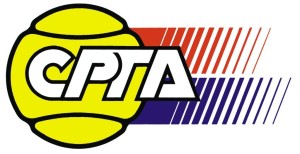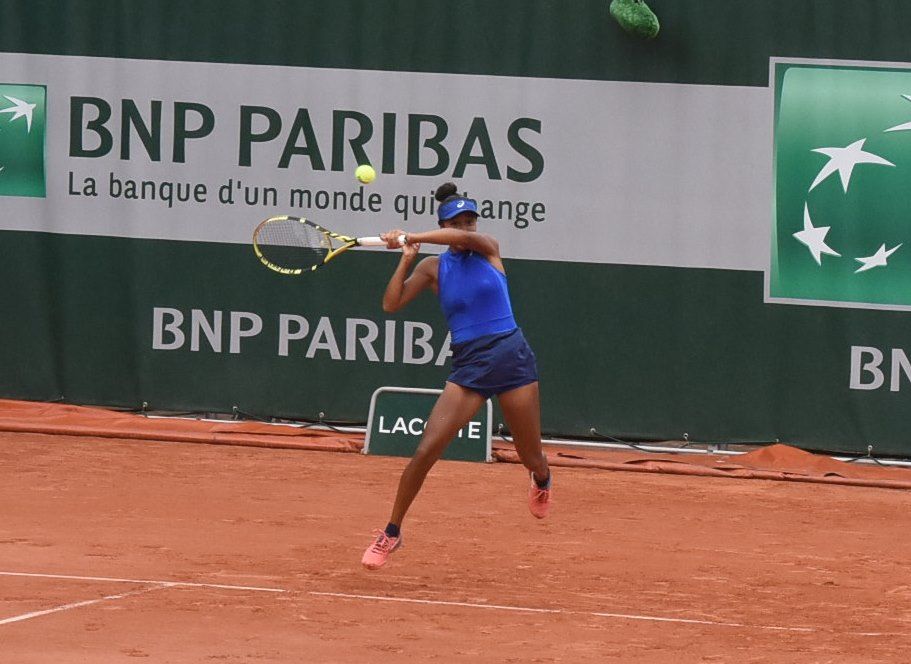
One of her biggest qualities is then her forehand 3.0 and mainly the forehand return 3.0 where she does very often almost everything quite perfectly. The upper body pivot with the help of the non-dominant arm (right) combined with the activation of the outside (left) leg starts it all. This together with good spacing makes a good absorption

Already there he did belong to the rather smaller group of players understanding quite well some of the main elements of the Forehand 3.0 Code while often successfully following the necessary reference points leading to the body energy dominance of his forehand strokes...

His groundstrokes are also quite powerful but tend to be mostly a bit less controlled and also less efficient than the groundstrokes of the very best players. In a general sense, Taylor's forehands and backhands have too much of an arm/forearm action while not...

One of Stan's biggest weapons is, since the junior years already, his signature one-handed backhand 3.0, which he plays on a big radius with very dominant long-axis supination, as can be seen below. Such a dominant stroke trajectory of the helix form (3-D action) leading to optimal...
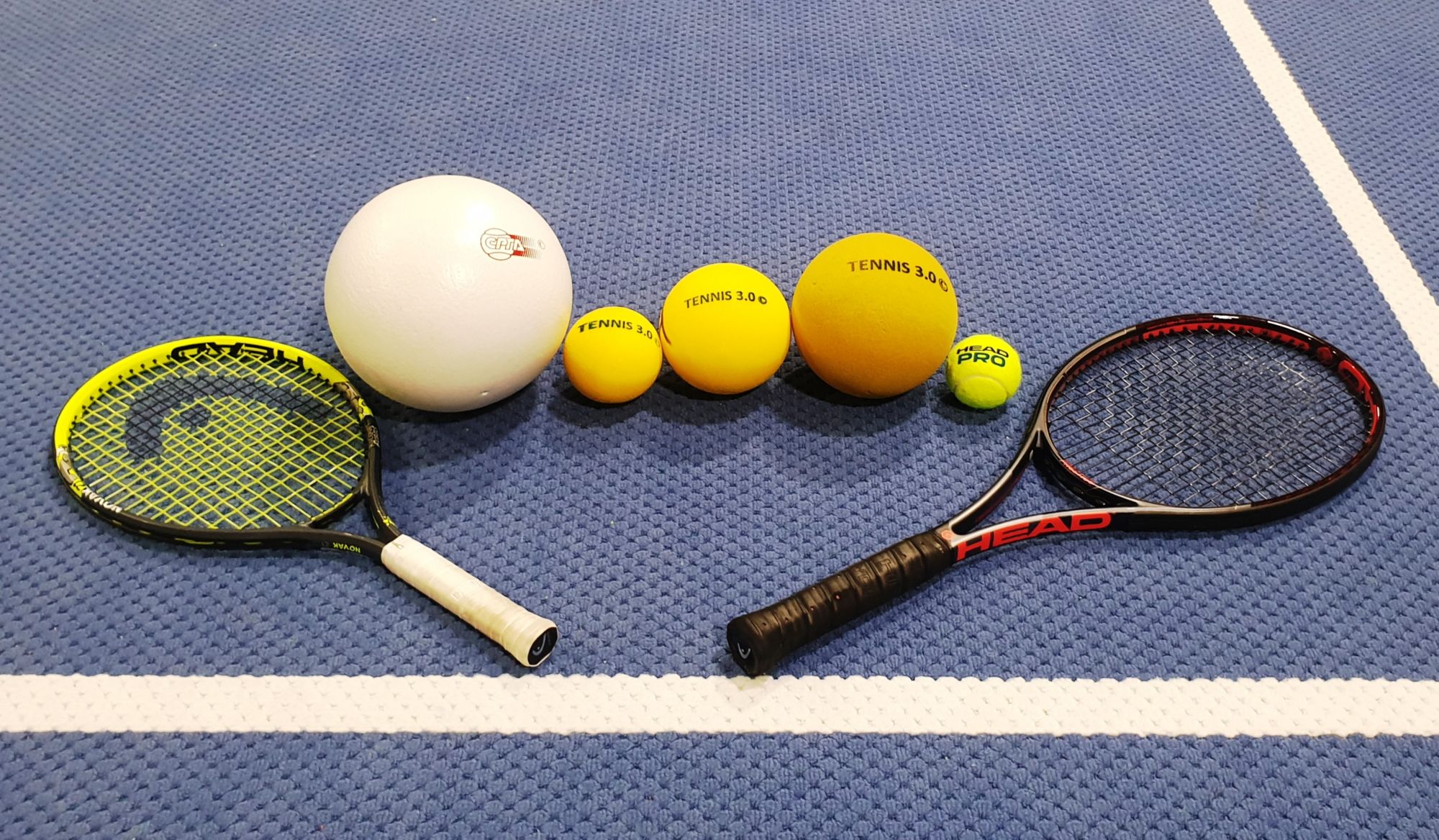
The main principles making the DTBT FB to such a valuable tool are based on the fact then in order to successfully play with them, the players have to incorporate solid spacing, proper ball receiving and appropriate body energy unloading, all combined with a longer attention span, in every stroke. The DTBT FB
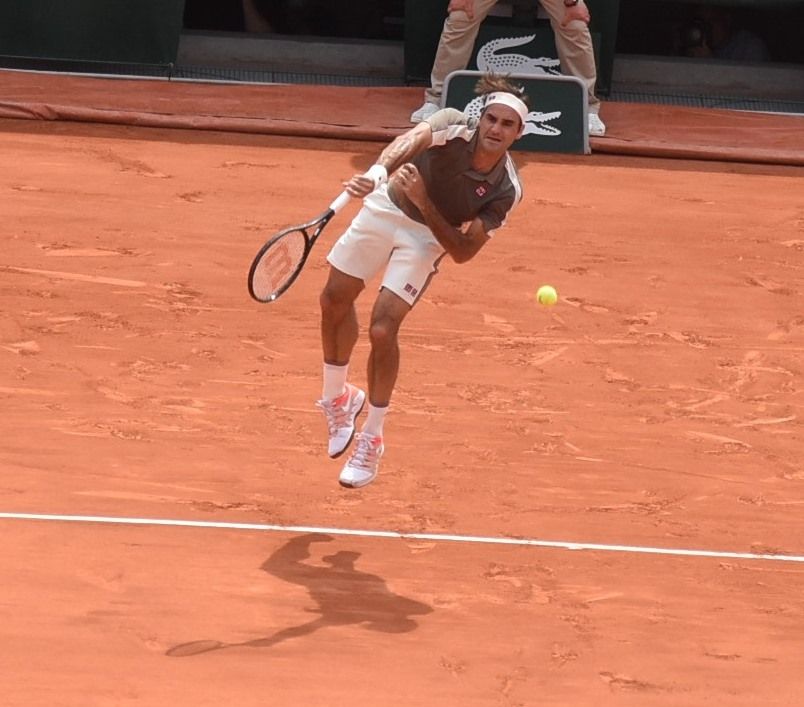
His Service 3.0 is an almost ideal stroke with a high level of the racket stability in the space, thanks also to the underlying helix form. The next main deciding aspect is the (in most cases) nearly perfect body energy unloading against the target based on the well-controlled (targeted) long-axis pronation. The photos below show that (in a contrary to the rather dangerous myths about the necessity to swing the racket by the non-dominant (her left) foot, as preached for decades in most of the tennis books and by most of the tennis coaches), Roger stays....
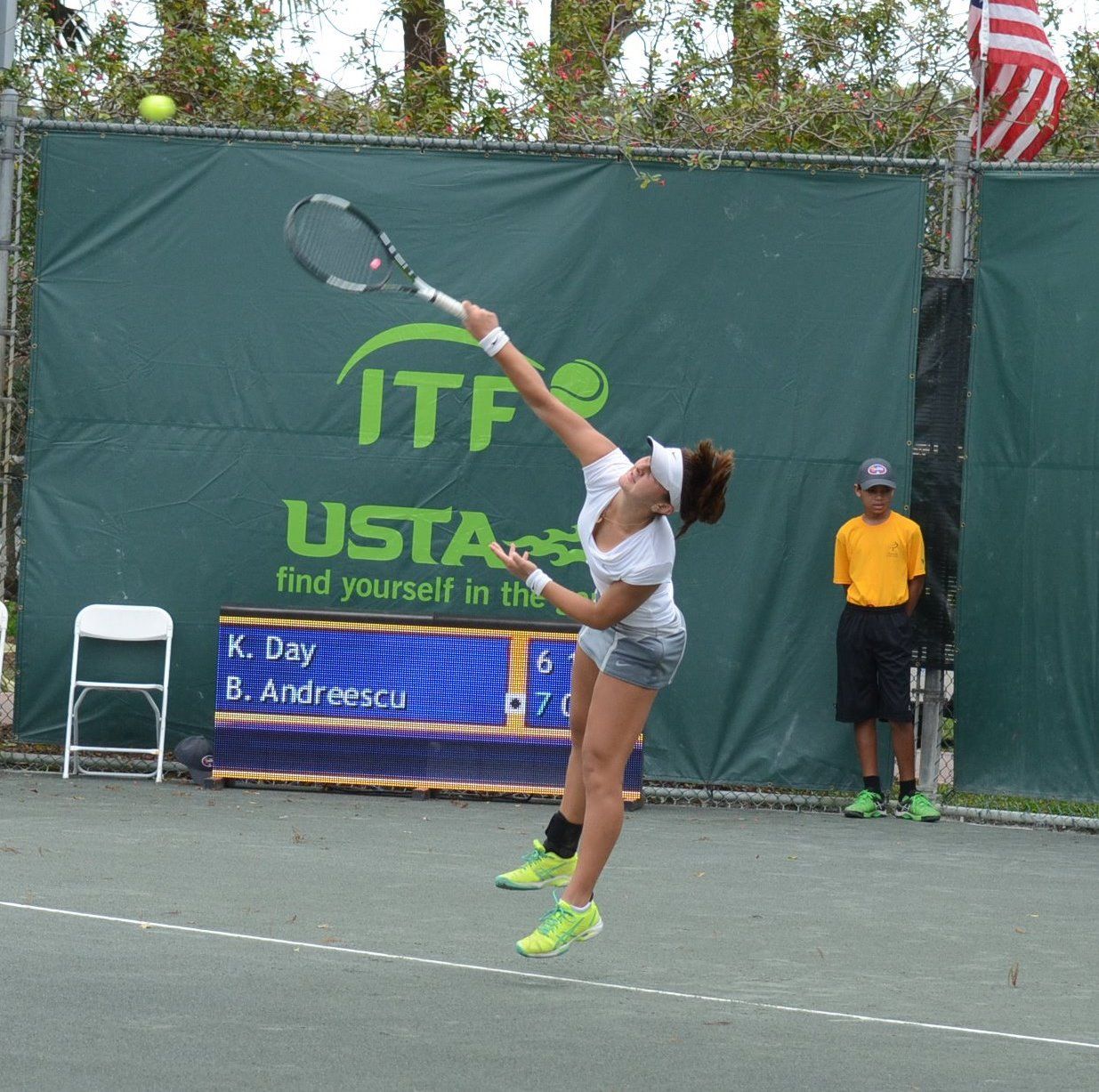
While looking at Bianca's strokes, what strikes the eye first is her clean Forehand 3.0 technique. The "cultural differences" in the approach to the forehand belong, in my opinion, to the main reasons why she is currently significantly more successful than her fierce opponents from the ITF Juniors Tour. Also, Bianca's service had a very clear Tennis 3.0 style with a sound body energy unloading into....
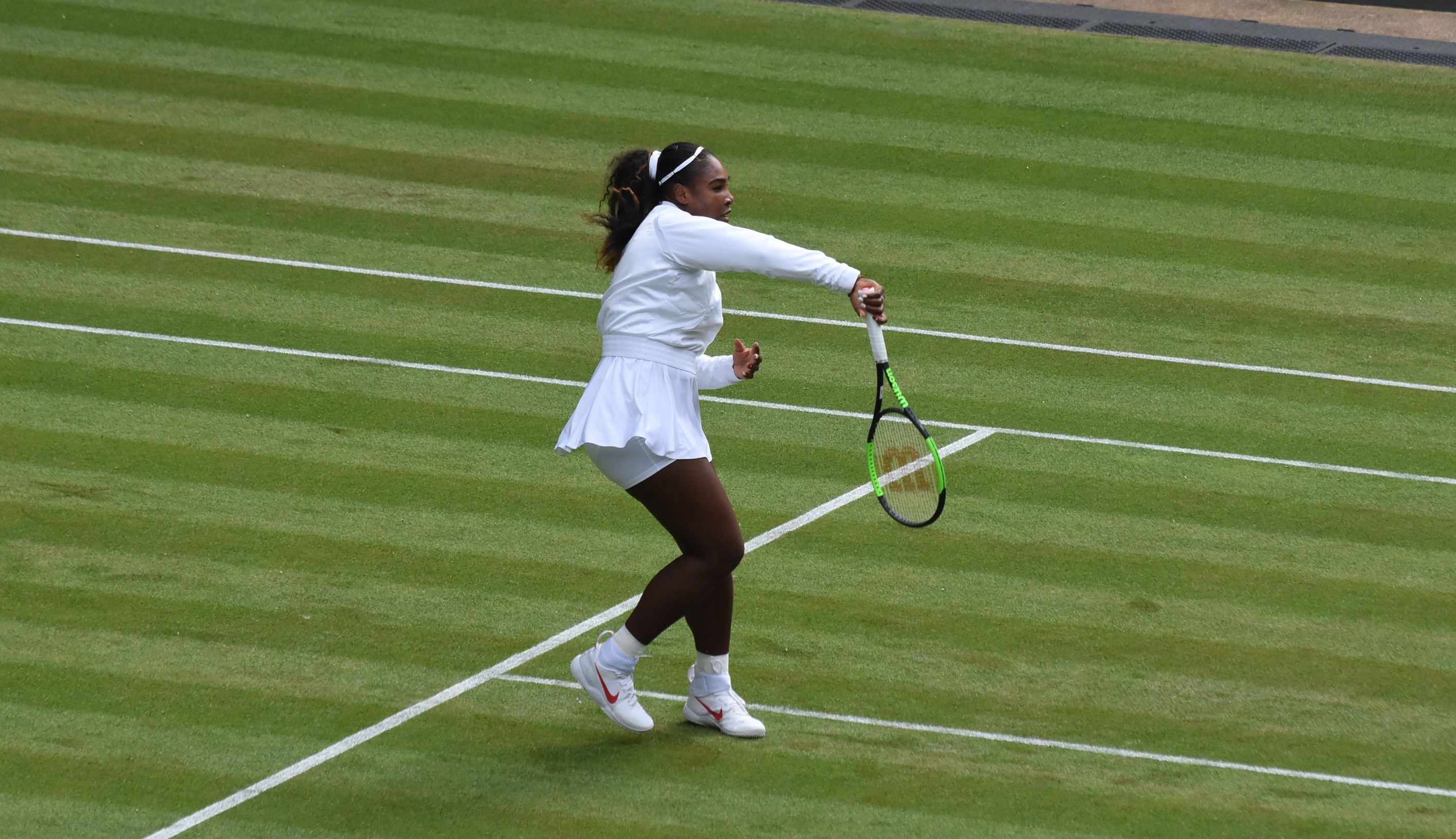
In general, the biggest difference from the service action is that while playing the overhead most of the players are using for the racket take-back the faster upper loop. The time-efficient preparation for the overhead consists of three actions ("triple overhead action") being taken almost simultaneously, immediately after a quick initial change of the grip into the backhand/continental position - 1/ pointing at the incoming high ball (lob) with the non-dominant hand, 2/ pivot while stepping back and slightly around with the dominant-side leg/foot and....

(UNDER CONSTRUCTION) The equally highly talented as well as early developed son of two tennis teachers Richard Gasquet (*1986 / FRA), was since his childhood considered as a big prodigy of French tennis. Already before his 10th birthday, he made the cover of the French magazine Tennis. I can well remember seeing small Richard, who was given the chance to breathe the air of the big tennis early on, practice at the courts of Roland Garros during the French Open in the late '90s and admiring his wonderful

David has a quite clean service technique, which clearly fulfills the Service 3.0 parameters. Over the course of his ATP Tour career (as of the end of December 2018), he has 58% of the 1st services in while winning 71% of the points on them. His ace probability of 43% per game is quite solid and the double fault probability of 29% rather slightly higher. While winning 63% of the total of his service points and 78% of all of his service games played, he is clearly behind the very best tour players. In David's case,....

